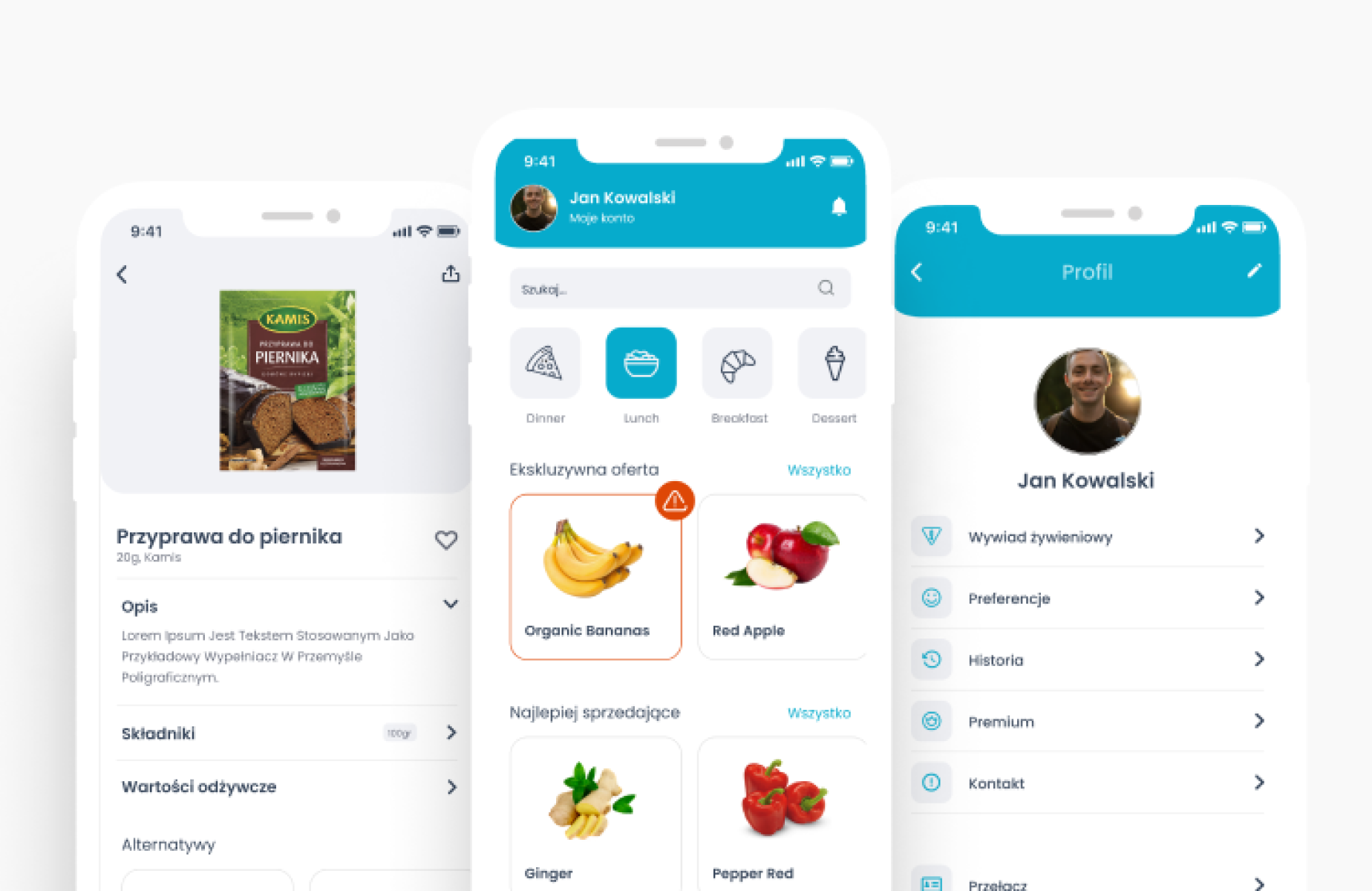Lean Minimum Viable Product Management is a current methodology used to address the entire product lifecycle. It is often utilized when building a startup company.
According to Health Economics, almost 72% of the new products do not achieve the expected revenue. Many of them do not survive on the market. When building a startup company, you need to know that basically everything is working against you. Moreover, 3 of every 4 new entrepreneurs fall before finding their desired market fit. Now you can clearly see that critical mistakes are made when managing new products. No matter the size of the company. The answer to all of these problems is Lean Minimum Viable Product Management. John Krafcik, a creator of this methodology conceived it to tackle all of the product problems.
The base for the Lean Minimum Viable Product Management is following the lifecycle of the product in its entirety. Using this method will allow you to be fully effective when building a startup company. After this read, you will know how to use this methodology and apply its concepts in your business.
Lean MVP at a glance
The best way to manage any product is to follow it precisely from the idea to its actual market launch. This is the main focus of Lean Minimum Viable Product Management. This leadership style evolved over the years in the fire of many product cycles. Loads of products do not increase the real value for customers or enterprises. It is estimated that 21% of the products fade because they are useless to the users. This is a strong signal signifying poor choice of structure, process, and organization in businesses.
The market nowadays forces leadership change so the value can fill the market quickly. This is why Lean Minimum Viable Product Management is the perfect answer for the digital era. This shift in directing the product is a sum of many issues. The most important ones are effective business practices, product lifecycles, and customer needs. To utilize it, you need specific tools like the Lean Startup approach. The key part of Lean Minimum Viable Product Management is creating the perfect blend of ideas, and product strategy and making it work in a real environment.
Abridged: Lean Minimum Viable Product Management is the way to send the product to the market asap. It delivers more value for your potential recipients. This methodology cares for the product throughout its full lifecycle.
Don’t have clear expectations? Let’s arrange a product design workshop. Together we will define your needs and choose the best software development services for your MVP.
Get in touch with usLean MVP as a solution for building a startup company
This methodology is an assortment of many processes and techniques. Using it will allow you to create a Minimum Viable Product that will strive for success at every step during its lifecycle.
Lean Minimum Viable Product Startup
When building a startup company, you should consider the Lean Minimum Viable Product Startup approach. Considering the best methodology for creating businesses, this is the best one. It came from Silicon Valley at the beginning of the 20th millennium. Startup founders start their entrepreneurship with a great idea, way before they identify potential users.
In this approach, the main focus is steering toward the actual business model and not the monetizing part of the product.
Lean Minimum Viable Product Startup will allow you to get your product to the customers faster. Also, you will be more certain about it. Using this methodology helps with expanding potential users’ range, measuring success, and increasing your knowledge at every step along the way.
Idea – foundation in building a startup company
Every startup is rising with the embrace of its ground-breaking idea. In the Lean Minimum Viable Product approach, the most crucial part is ideation. This process will allow you to come up with the best possible product for your customers. Basically, the idea needs to be molded and perfected. To attain that, you need to find the best solutions for users.
Market research and understanding the customer base are crucial for your success. This is why users’ needs have to be identified before the development phase of the product. To sum this up, the Lean Minimum Viable Product Management staple question is: “What value our product can add to the life of the potential customers?”.
Market analysis
A big part of Lean Minimum Viable Product Management is a comprehensive study of the current or future market for the product. Lean Manager continuously asks users for feedback and adjusts the plans accordingly. Moreover, you need to be constantly on point with trends and new developments. A separate part but equally important is gaining knowledge about your competitors. The more, the better.
When you are building a startup company, critical thinking, and extensive analysis pave the way for success. This is where Lean Minimum Viable Product Management differs from any other management approach. Lean product manager knows when to stop, take a step back, and go in the right direction. On the other hand, the traditional approach is committed to simply pushing the product asap.
Strategy
The proper strategy is another key aspect of Lean Minimum Viable Product Management. Innovation and a flexible approach allow us to utilize it. Research and analysis give the Lean Product Manager clues about the future of the process. This will allow you to plan your next steps effectively.
The strategy for building a startup company needs to include scaling tactics. Any product with a well-fitted scale will help the team and optimize future outcomes. Lean Managers have to use adequate tools within the crucial time range. And all this needs to be based on the actual performance of the product. This is the way to obtain success when using the Lean Minimum Viable Product Management approach.
Lifecycle
Every product has its own lifecycle. The product life cycle covers the period from the first idea to its market irrelevancy. Lean Minimum Viable Product Management focuses on each part. We need to remember that a successful Minimum Viable Product will become a fully scalable product. This is why the decision-making process is amenable to the current stage of the product lifecycle. Lean Product Manager needs to keep tabs on those stages and what it actually means for the chosen business model of a startup.
A widely known model of product lifecycle breaks it down into three parts: problem-solution fit, product-market fit, and scale.
Problem-solution fit phase of the Lean Minimum Viable Product lifecycle
Within this phase, you need to figure out your base of customers and identify their needs. Then find out what problems you can fix for them. These two questions might help with it: “ Is there any need to satisfy and it is worth your while?”, “Can we solve this particular problem?”.
During the problem-solution stage, you will find a specific group of users. The next step is to find out if the customer’s problems are fixable. And of course, if it is profitable. This stage requires meticulous research, analyzing quantifying data, and exploring new development tools. With all this, you will yield better results.
The product-market fit phase of the Lean Minimum Viable Product lifecycle
At this stage, the type of market suitable for the product is determined. A proper market fit translates to satisfying scaling and growth potential. For many veterans of Lean Minimum Viable Product Management, this is the utmost important milestone within the product lifecycle.
Product-market fit will measurably show you the characteristics of your product. Meaning that it has the potential to profit from its ability to fix the problem.
For your consideration: You should take care of validating viability (the good market for the product), traction (market profits), and feasibility (scaling).

The rest of the Lean Minimum Viable Product lifecycle – scalability
To be precise, during this phase, your Minimum Viable Product will no longer be a minimum viable product. It will be a scalable Lean Product. This stage aims to expand and scale the product. This will allow it to keep offering a viable solution for the constantly shifting market. There is no fixed pattern for this phase. Nevertheless, remember this: before scaling, proof your theory with quantifiable data. Basically, test your product in a market situation, drew data, and analyze it. Also, remember that your business model is never complete. Staying significant in the market requires innovation.
Pro-tip: Many firms are implementing scaling too quickly. When you plan growth, realism is crucial. For example, if your team is too small or insufficient, you cannot handle the technical improvement. At this point, consider IT staff augmentation or hiring an experienced software house. Moreover, your business model has to be highly adaptive.
Lean Minimum Viable Product Management – applying it nowadays
By now, you know everything there is to be an effective Lean Minimum Viable Product Manager. But you may have some reservations about the way of applying this to your business. Change is always begging from the center. In this case, it is you – the product manager. Below you will find three key tips that will help you with implementing Lean Minimum Viable Product Management now.
Transparency is important. Your team should know the whole picture behind the product and its lifecycle. It will help them to identify blockers or delays and rectify them. Use the tools at your disposal to help with that process. It could be software or something cloud-based. Sometimes, new tracking software can beautifully show the progress of your product.
Prioritize the work. This will help you to understand the stage your product is on. It will aid in adapting to the situation you are in. Often, you will gain insight into the user’s priorities. It will save you time on developing redundant functionalities. What is more important to you: rapid release or highest value? Choose wisely following the data you will obtain.
Track the flow of your product. Establish metrics to find out the time spent from the idea stage to the actual testing. The flow will show you what product is needed for the precise market. So, mind the areas where flow is incompatible with your goals. Sometimes you will need to fix the requirements to produce results better and faster.
Lean Minimum Viable Product Management – summary
Lean methodologies help with adding market value to your product rapidly. Modern management methods will allow you to be competitive in the fast-changing market. Becoming a modern and efficient leader requires a change of your mindset.







